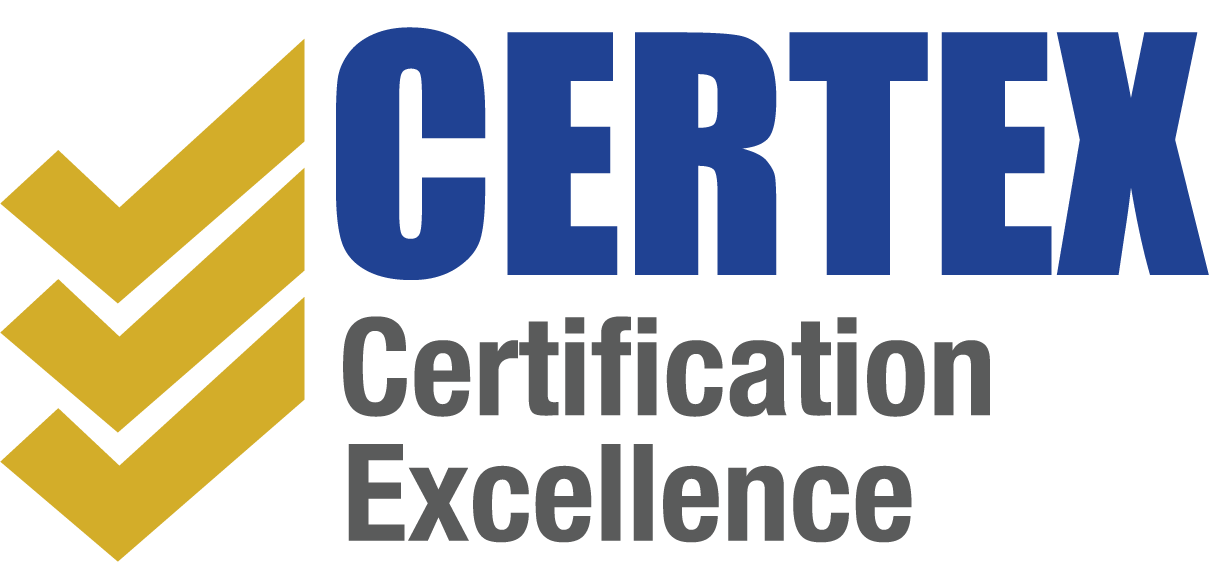The Price of Sleep: Is Fatigue Costing Your Business?
Sleep is important – we all know it. But just how important?
Losing Sleep and Losing $$
A report by the Sleep Health Foundation, Asleep on the job; Costs of inadequate sleep in Australia, details the burden sleep deprivation has on the Australian economy, as well as cost per individual.
Health system costs of $1.8 billion, or $246 per person with inadequate sleep
Productivity losses of $17.9 billion, or $2,418 per person with inadequate sleep
Informal care costs of $0.6 billion, or $82 per person with inadequate sleep;
Other financial costs, including deadweight losses, of $5.9 billion, or $802 per person with inadequate sleep
We can save so much financially if we make a concerted effort to get enough sleep. You’ll lose if you don’t snooze.
Workplaces Waking up to the Issue
It is not just the dollars that are important. Sleep takes up a third of our life, but many people do not value it as much as they should.
“Fatigue is more than feeling tired and drowsy – fatigue is a state of mental and/or physical exhaustion that reduces the ability to work safely and effectively. It can happen when someone is overworked, not sleeping right or has had a disruption to their internal body clock.”
— Safe Work Australia
Fatigue in the workplace compromises physical and mental health, safety, and performance. This is especially important in industries where fatigue-induced errors can be deadly – consider frontline workers or machinery operators.
Fatigue Management for Workers
Workers have a responsibility to take reasonable care of their health and safety. This includes ensuring they are sufficiently rested to do their job.
Set regular sleep hours
Spend more time outside during the day
Avoid screens an hour before sleep
Exercise regularly
Wind down and relax in the evenings
Safe Work Australia’s two-page guide provides practical advice for workers on how to manage fatigue. It is up to YOU to ensure your lack of sleep does not contribute to health and safety risks in the workplace, both for yourself and those around you.
Fatigue Management for Employers
Workplaces have a legal obligation to manage fatigue risks.
First, identify hazards and assess risks
Consult workers about workload, job design, work-related travel, work practices. Examine the impact of current systems. Are there known risks or controls?
Second, control risks
Minimise the risk of fatigue in the workplace, so far as is reasonably practical. Examples of control measures are:
Schedule safety-critical work outside low body periods (2-6am, 2-4pm)
Restrict number of successive night shifts
Structure shifts so that work demands are highest in the middle and decrease towards the end
Cool the working environment so workers are not working in heat
Implement a workplace fatigue policy
Open communication is crucial. Managers should foster a culture where workers feel comfortable raising issues around fatigue and do not feel pressured to work when they are exhausted.
Third, review hazards and control measures
Controls should be monitored and reviewed to ensure they are effective. Consider trial phases for new work schedules or job designs and encourage workers to provide feedback.
What Steps are You Taking to Manage Fatigue Risk?
Fatigue may not be the most obvious WHS hazard, but it is nevertheless costly if overlooked.
All businesses should implement psychosocial risk management plans. However, it can be overwhelming, unfamiliar territory.
That’s where Certex can help!
Through our iSuite and Risk Assessment Program, Certex’s experienced team of experts can help identify systematic hazards in your workplace, so you can then do something about them.
The i-Mind Program is not about bringing in a whole new way of operating. There is no one-size-fits-all solution when it comes to psychosocial safety. Rather, we pay close attention to the purpose and structure of your organisation to recognise key areas of risk that need to be addressed, including fatigue risk. Our systematic, context-specific approach is much more likely to integrate seamlessly with your business and be well-received by all members.
Feel free to reach out for more information on managing psychosocial hazards.


